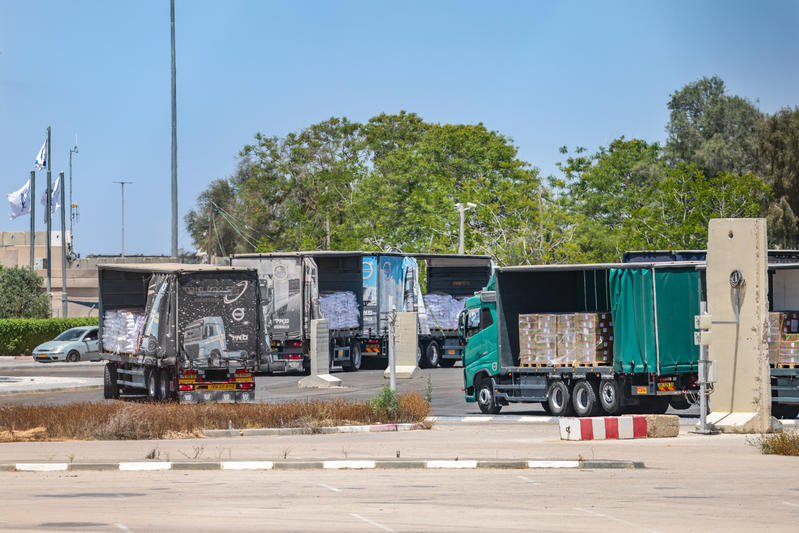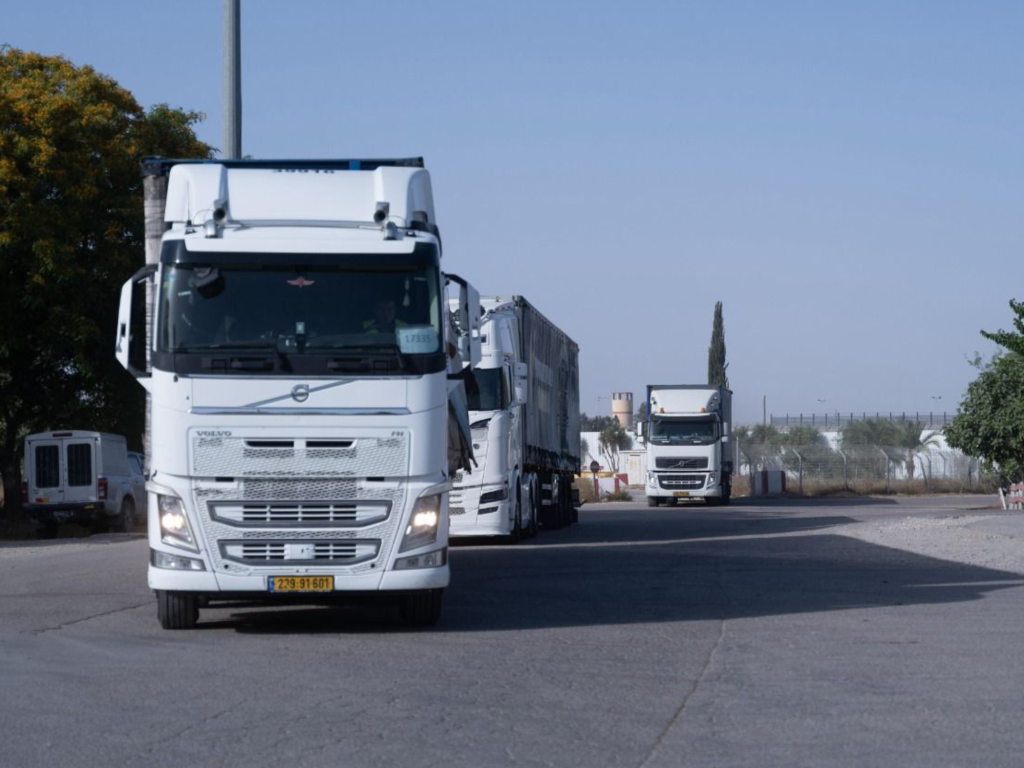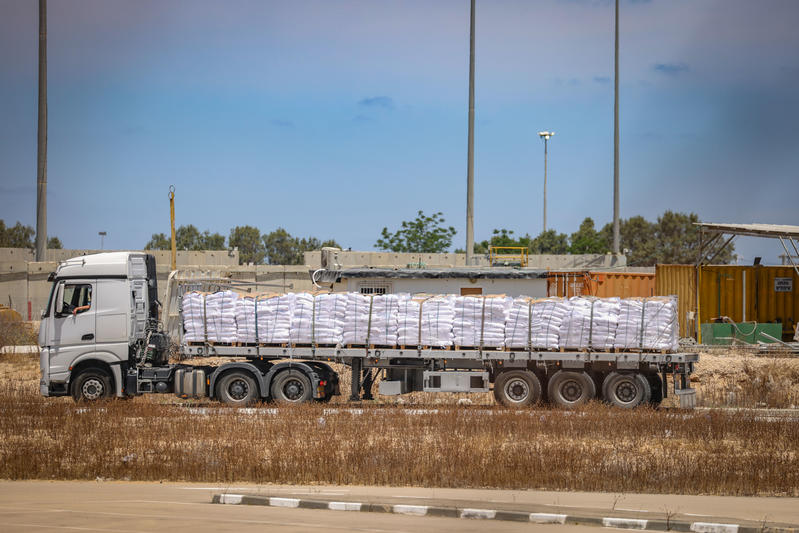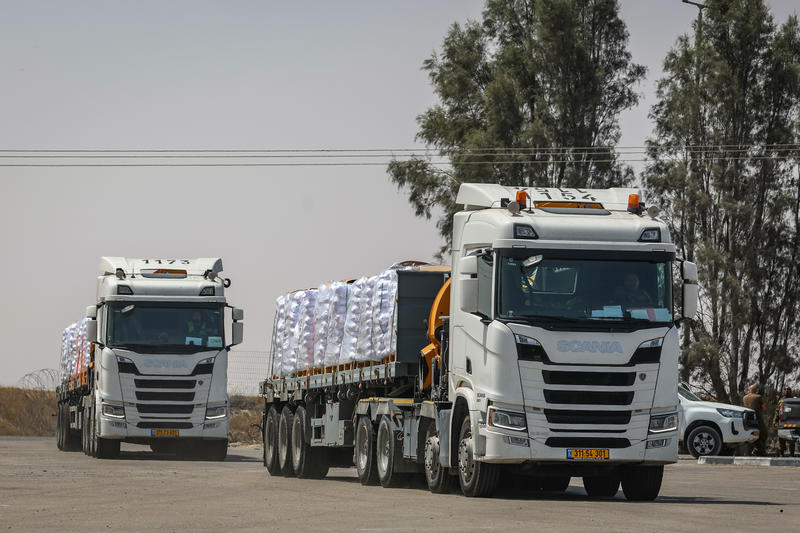What’s happened: The new aid mechanism for Gaza backed by the US and Israel was launched yesterday.
- The Gaza Humanitarian Foundation reported opening of two distribution sites in the southern Gaza Strip, one in Tel al-Sultan and one in the Morag Corridor. The GHF reported distributing 8000 aid packages on the first day of operation. Each package contains 20 kilograms of basic foodstuffs and can feed, according to the Foundation, “5.5 people for 3.5 days.” In total 462,000 meals were distributed.
- The GHF did not provide a breakdown by site, and media reports were all from the Tel al-Sultan site.
- At that site, there was a brief breakdown of order around 4:30 pm. The incident ended quickly with no reported injuries. Security at the site is provided by a private American contractor. Although precise events are unclear, it is thought that a mob (possibly affiliated to Hamas) was able to break into the compound. Reportedly, the Americans fired warning shots into the air in order to disperse the crowd. After about 10 minutes, control was gradually restored. Roughly 1,000 food packages were stolen.
- No Israeli forces are at the site, and Gaza civilians who came for aid packages did not need to show any identification to the security contractors and did not come into contact with any Israeli soldiers.
Context: The new aid mechanism is supposed to eventually operate at four sites, all in areas that have been cleared by IDF operations.
- Its purpose is to get aid directly to civilians so that it cannot be siphoned off to Hamas forces, or confiscated by Hamas for resale in order to finance Hamas operations, as has happened with previous shipments of aid. Israel estimates that Hamas has stolen more than $1 billion worth of aid in the last 18 months of warfare.
- It comes more than two months after since Israel began blocking aid convoys into Gaza at the end of the previous ceasefire. During the ceasefire, which lasted from January 19 to March 18 of this year, hundreds of truckloads of aid entered Gaza. In the last fortnight, as Israeli officials began to assess that the humanitarian situation inside Gaza might reach a critical level, some aid deliveries were allowed in.
- International aid agencies and many governments have strongly criticised the new aid mechanism and nearly all refusing to work with GHF. They charge that it violates neutrality and that pushes people to relocate.
- The alleged violation of neutrality is an odd charge to make by organisations such as UNRWA and others, who have operated within a Hamas-led regime hand in glove.
- Ensuring civilians can get crucial aid outside a combat zone is normal practice in warfare, including in large-scale operations by Allied forces in Mosul and Raqaa during the battles against ISIS in the last decade.
- The UN wasn’t alone in trying to ground the GHF aid effort. Hamas reportedly set up roadblocks in territory still under its control to block people from reaching aid distribution sites. It publicly threatened citizens who receive aid from the GHF. And it spread rumours that Palestinians arriving to claim aid were being arrested by Israeli forces.
Exposure of Hamas funding from the UK: A recent report by NGO Monitor reveals that UK taxpayer funds were knowingly channelled through a Gaza-based programme with direct links to Hamas.
- The programme in question was part of a broader £13 million UK aid initiative aimed at supporting humanitarian efforts in Gaza.
- The document suggests that UK officials were aware of the Hamas-affiliated nature of the programme but proceeded with funding without implementing adequate safeguards.
- This revelation has sparked significant controversy and calls for accountability within the UK government regarding its aid distribution practices.
Context: Hamas has a well-documented history of exploiting Humanitarian Aid for its own purposes, including diverting funds meant for civilians to support its militant activities.
- The UK government has previously imposed sanctions on individuals and entities linked to Hamas’s financial networks, aiming to disrupt its funding sources.
- Despite these efforts, the recent exposure of the Gaza aid programme suggests lapses in oversight and due diligence in aid distribution processes.
- The UK’s involvement in funding a Hamas-linked programme raises questions about the effectiveness of its current mechanisms to prevent such occurrences.
- This situation underscores the challenges faced by donor countries in ensuring that aid reaches its intended recipients without being diverted by terrorist groups.
- In response to the controversy, the UK may consider implementing more stringent vetting processes for aid recipients and enhancing cooperation with international partners to monitor aid flows more effectively.
Looking Ahead: Hostage families and their supporters will be holding rallies across Israel today.
- The UK government is likely to face increased scrutiny and pressure to review and strengthen its aid distribution policies and oversight mechanisms.
- There may be calls for greater transparency and accountability in the allocation and monitoring of foreign aid to prevent future misappropriations.
- The exposure of this incident could lead to a re-evaluation of partnerships with organisations operating in conflict zones, particularly those with potential links to designated terrorist groups.
- The US is pressing ahead with its proposed ceasefire and hostage deal. Earlier this week, Hamas reported “accepting” a deal that was not what the US had proposed. Referring to the actual deal on the table, US envoy Steve Witkoff said, “What I have seen from Hamas is disappointing and completely unacceptable. [The] deal is on the table. Hamas should take it.”











